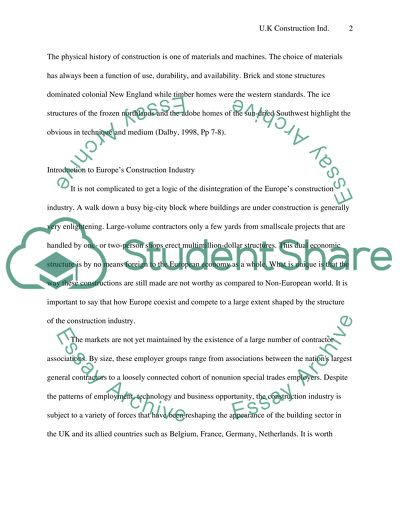Cite this document
(“The UK Construction Industry Essay Example | Topics and Well Written Essays - 3000 words”, n.d.)
The UK Construction Industry Essay Example | Topics and Well Written Essays - 3000 words. Retrieved from https://studentshare.org/technology/1517730-the-uk-construction-industry
The UK Construction Industry Essay Example | Topics and Well Written Essays - 3000 words. Retrieved from https://studentshare.org/technology/1517730-the-uk-construction-industry
(The UK Construction Industry Essay Example | Topics and Well Written Essays - 3000 Words)
The UK Construction Industry Essay Example | Topics and Well Written Essays - 3000 Words. https://studentshare.org/technology/1517730-the-uk-construction-industry.
The UK Construction Industry Essay Example | Topics and Well Written Essays - 3000 Words. https://studentshare.org/technology/1517730-the-uk-construction-industry.
“The UK Construction Industry Essay Example | Topics and Well Written Essays - 3000 Words”, n.d. https://studentshare.org/technology/1517730-the-uk-construction-industry.


